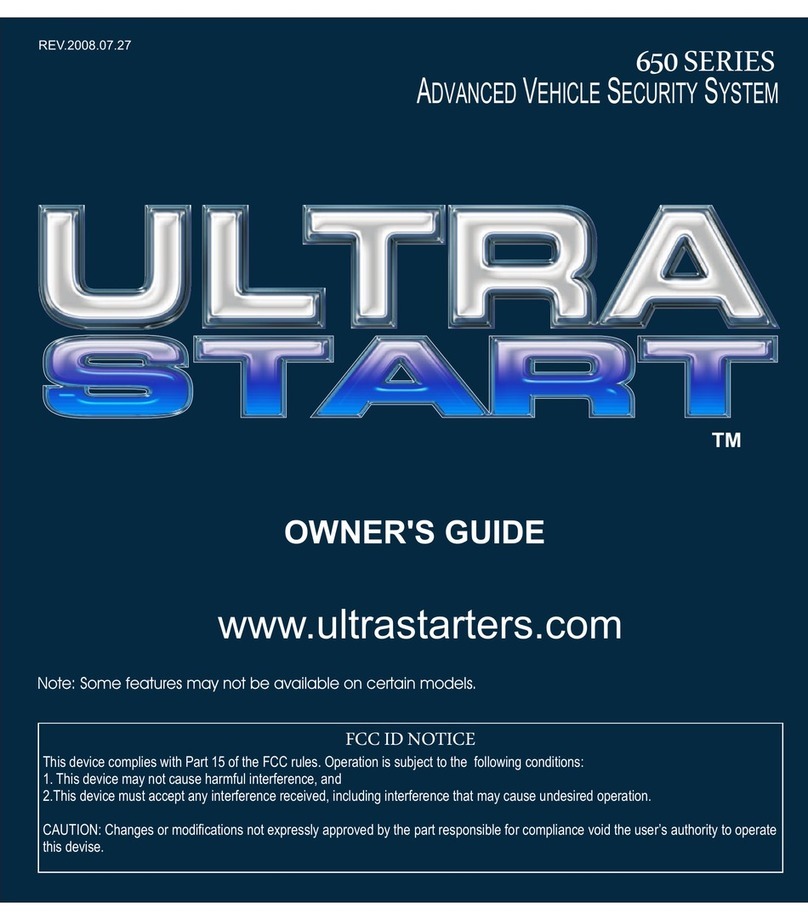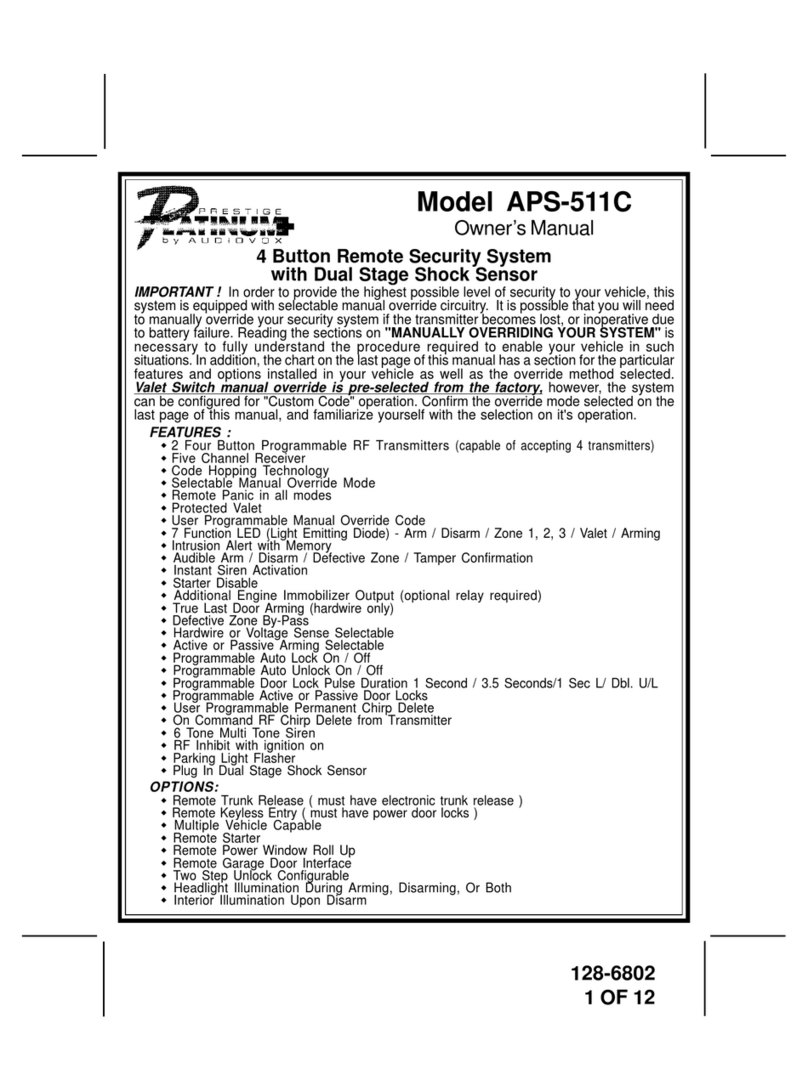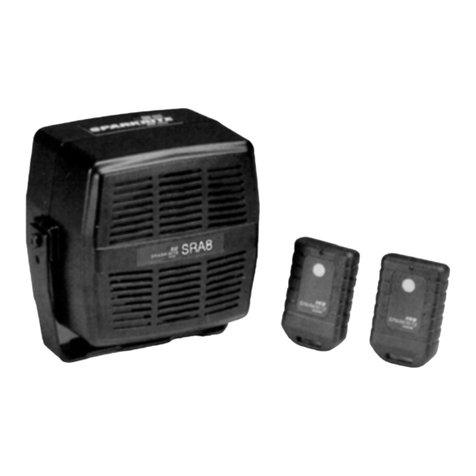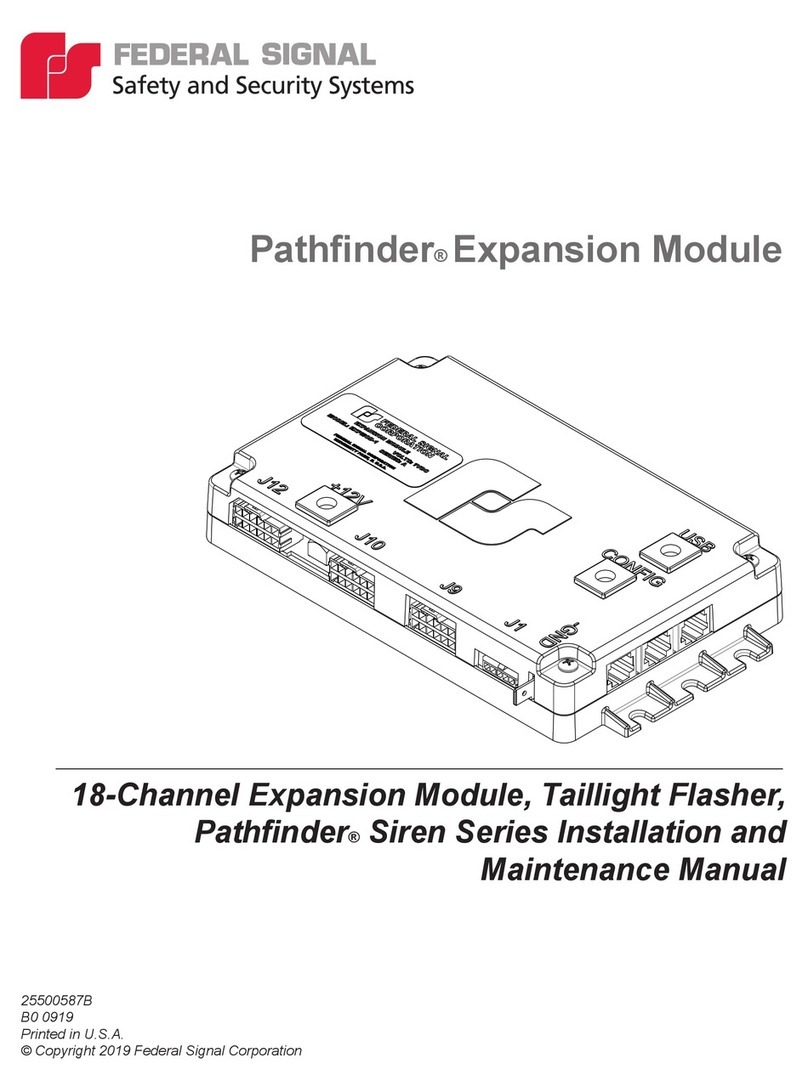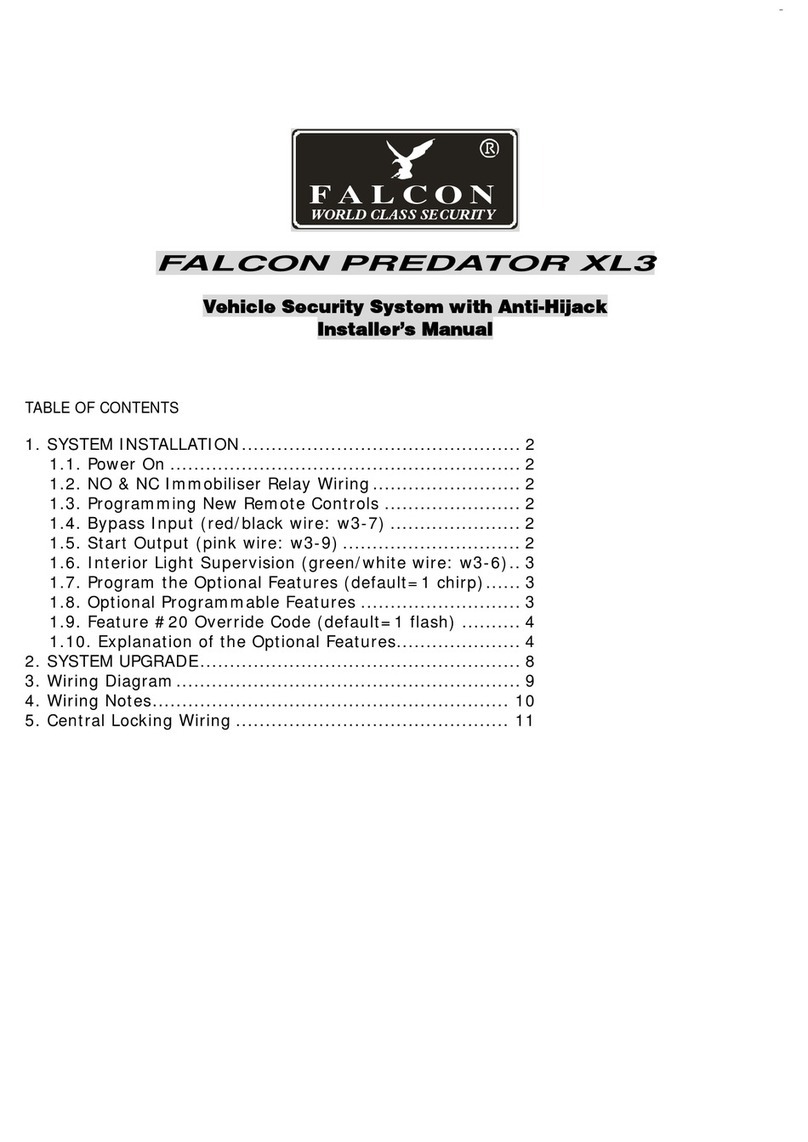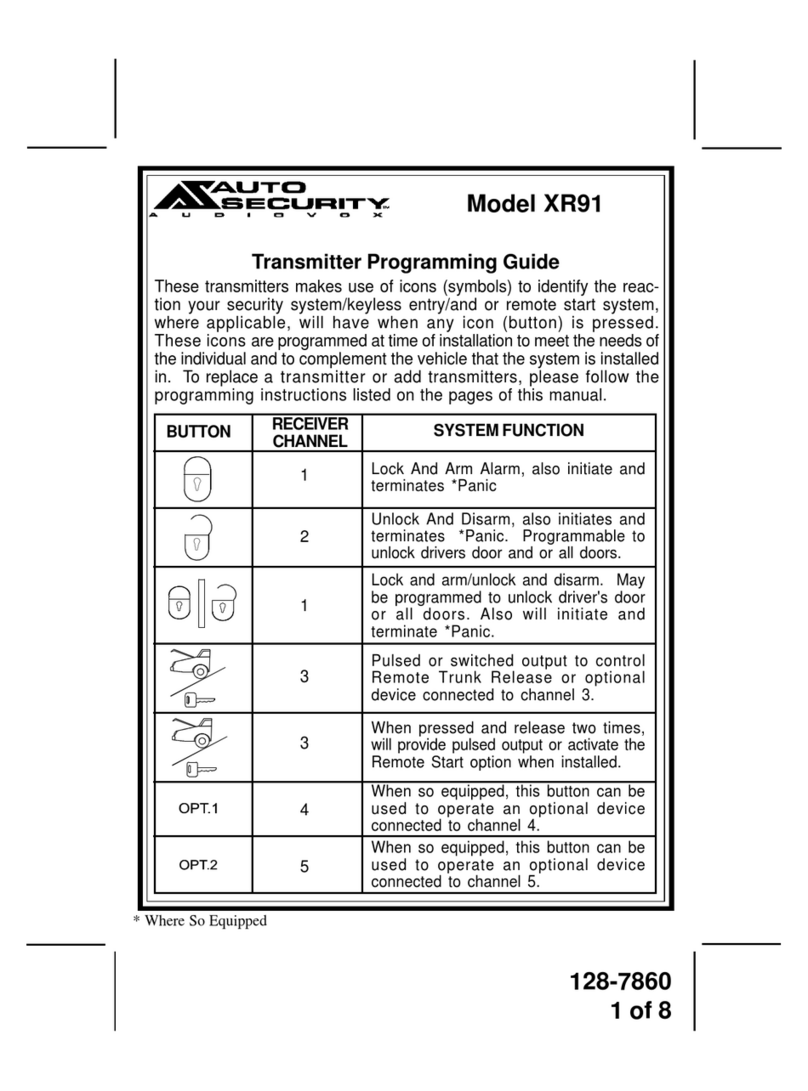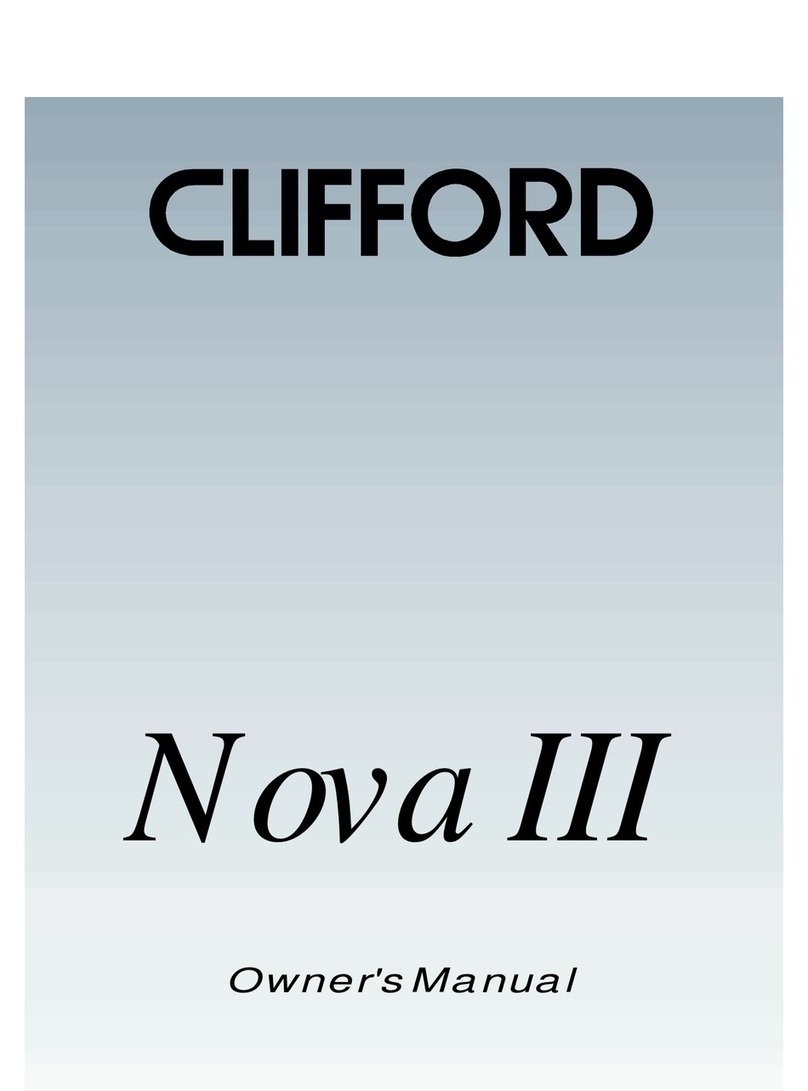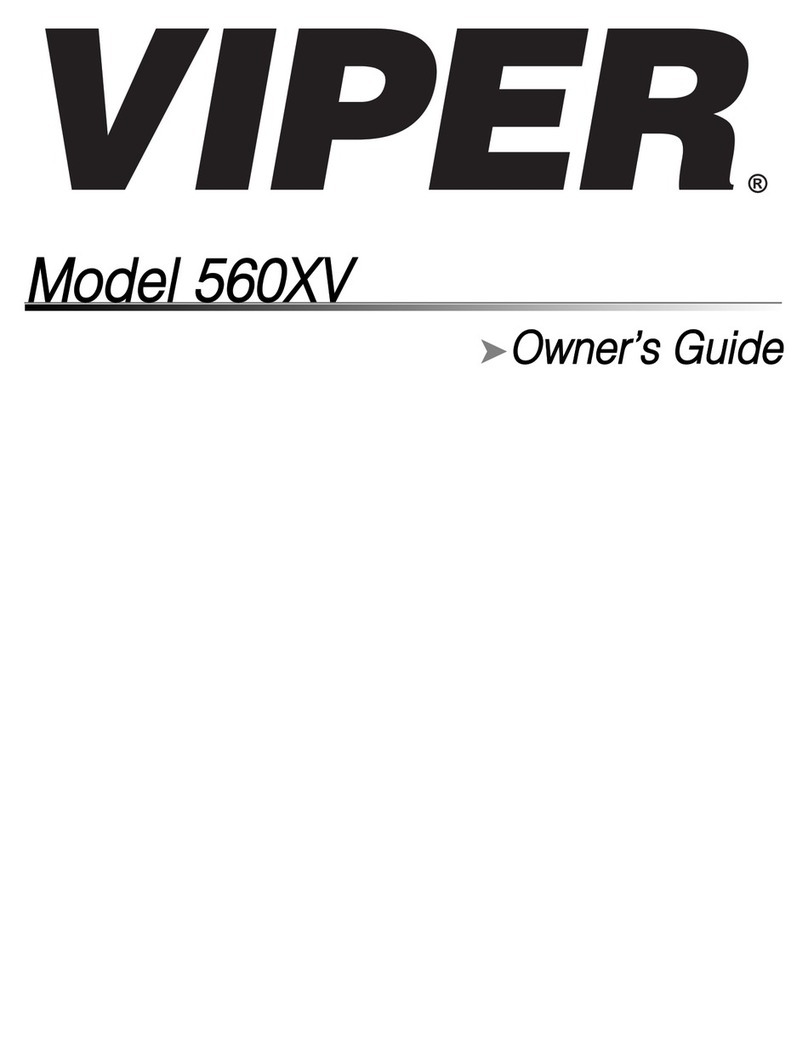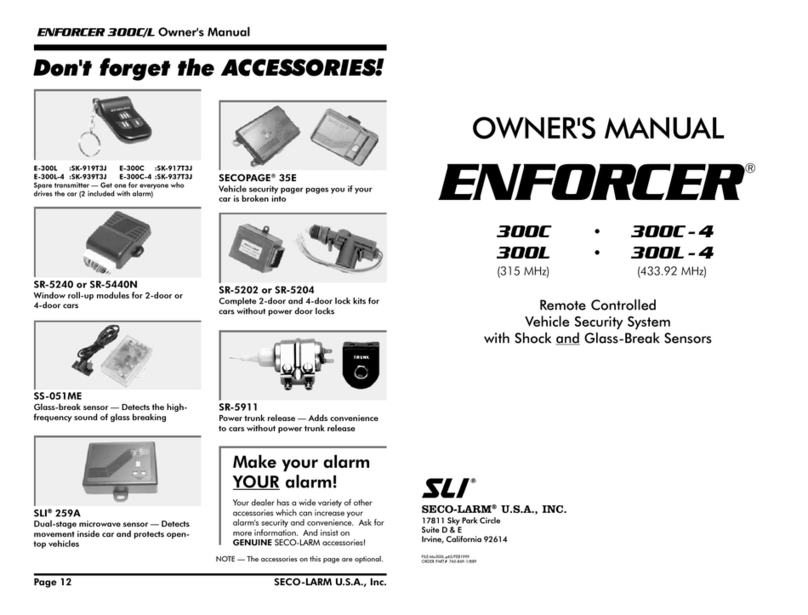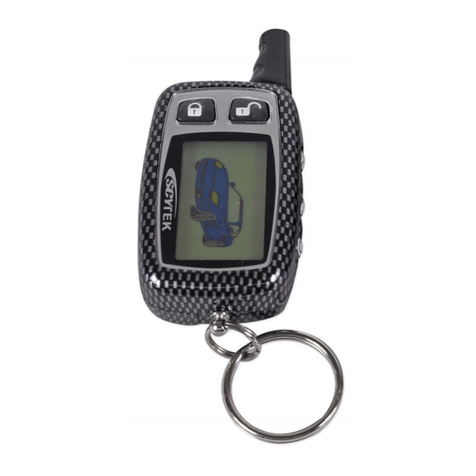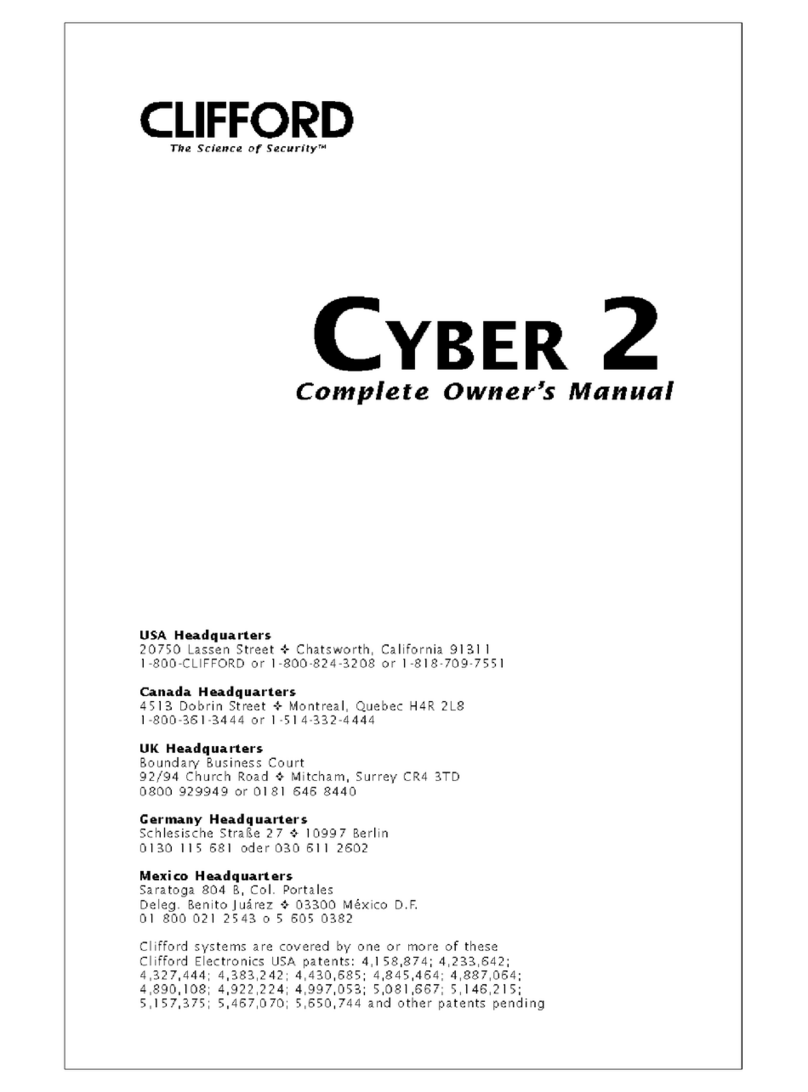Contents
Warning! Safety first .........................................................................................5
Installation points to remember............................................................................7
Virtual tach ..............................................................................................7
D2D........................................................................................................7
Before beginning the installation.................................................................8
After the installation ..................................................................................8
Component locations and finding wires ..............................................................9
Valet/program switch................................................................................9
Status LED..............................................................................................10
Making your wiring connections .......................................................................11
Primary harness (H1), 12-pin connector.....................................................12
Auxiliary harness (H2), 6-pin connector.....................................................12
Door lock harness, 3-pin connector ...........................................................12
Remote start ribbon harness, wiring diagram .............................................13
Heavy gauge relay satellite wiring diagram ...............................................13
Remote start harness, (H3) 5-pin connector ................................................13
Horn, channel 6 (H4), 2-pin connector ......................................................14
Wire connection guides ...................................................................................14
Primary harness (H1), 12-pin connector.....................................................14
Auxiliary harness (H2), 6-pin connector.....................................................20
Remote start, (H3) secondary harness .......................................................25
Horn, (H4) Aux 3 harness........................................................................27
Neutral safety switch interface ..........................................................................28
Testing the neutral safety switch ................................................................28
Plug-in LED and valet/program switch................................................................29
D2D programmer interface - 4-pin red plug........................................................29
Shock sensor harness, 4-pin connector...............................................................30
Tachometer settings .........................................................................................31
Virtual tach ............................................................................................31
Tach learning .........................................................................................32
Programming jumpers......................................................................................33
Tach threshold On/Off ............................................................................33
Light flash (+) / (-) polarity .......................................................................33
Transmitter/receiver Learn Routine™..................................................................34
Transmitter configurations.................................................................................37
Standard configuration............................................................................37
Multi-level security arming ................................................................................38
System features learn routine ............................................................................39
Feature menus ................................................................................................41
Menu 1 - Basic ......................................................................................41
Menu 2 - Advanced ...............................................................................42
Menu 3 - Remote start ............................................................................43
